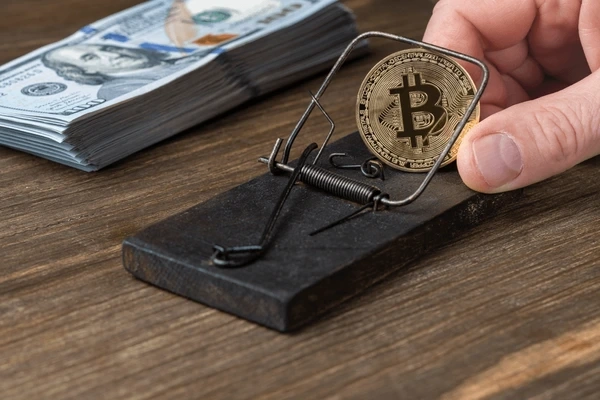Common Crypto Traps: A Roundup of Risks Every Investor Should Know
Let’s be honest—crypto is thrilling but confusing. It’s fast-moving, a bit wild, and, yes, full of risk. But beyond the usual price swings, there’s another side many overlook: common crypto traps. These pitfalls aren’t just rookie mistakes; even seasoned traders get caught out. So, whether you’re fresh with your first wallet or deep into staking tokens, this roundup of common crypto traps is a must-read.
Fake Celebrity Endorsements: A Classic Crypto Trap
You know the drill—you’re scrolling social media and suddenly, there it is: a post claiming Elon Musk or another big name backs a new coin. Except they don’t. Scammers use deepfakes and hacked accounts to spread fake endorsements. It looks real, feels urgent, and moves fast. The rule? Always verify the source. If it seems rushed or too good, pause and dig deeper.

Rug Pulls and Other Project Disappearances
Rug pulls remain one of the most notorious common crypto traps. You spot a shiny new token with a slick website and promising whitepaper. You jump in—and suddenly, the developers disappear, liquidity evaporates, and your tokens become worthless. Especially in decentralized finance (DeFi), launching a token takes minutes—and so does vanishing with investor funds.
Ponzi Schemes Posing as Passive Income
“Stake and earn 15% daily!” Sounds enticing, right? Well, it might just be a Ponzi scheme in disguise. While some staking platforms are legit, outrageous returns usually mean trouble. These schemes rely on new investors to pay old ones. Eventually, the music stops, and you’re left holding empty bags.
Phishing Scams: Common Crypto Traps That Are Quiet but Deadly
Not every trap shouts for attention. Phishing scams are sneaky—an email mimicking your wallet provider or a Telegram message asking you to “verify your private key.” Spoiler alert: real support teams don’t do that. Always double-check URLs, never share private keys, and stay cautious.

Impersonation Tokens: The Wolf in Bitcoin’s Clothing
Some tokens look and trade like Bitcoin but aren’t. These impersonation tokens mimic real ones, even borrowing similar tickers, to trick users. If you’re not careful, it’s easy to buy or swap the wrong coin. The fix? Always verify the token address before making any moves.
Trading Bots That Promise the Moon (and Deliver Nothing)
Some trading bots are helpful tools, sure. But if a bot guarantees massive returns—like 300%—it’s probably a scam. People send funds, then the bot disappears. Remember: no guaranteed profits in crypto, ever.

Fake Wallet Apps: Common Crypto Traps to Trust but Verify
Fake wallet apps have cost investors dearly. They mimic the look of legitimate wallets, lure you into installing them, and then steal your private keys once you set up. Always download wallets directly from official sites and avoid third-party app stores when possible.
Airdrop Scams: Free Tokens, Hidden Risks
“Claim your free tokens!” Sounds great, but some airdrops are traps. They may ask you to connect your wallet to malicious contracts or give away personal info. Real airdrops never ask for your private keys—ever.

FOMO-Driven Pump and Dumps: Emotional Traps
Suddenly, a coin spikes 500% overnight. You rush in, chasing profits, only to see the price crash soon after. Pump and dumps prey on FOMO—fear of missing out—and it’s profitable for the early movers, not you.

Unverified Smart Contracts: The Hidden Danger
DeFi’s promise comes with risk. Unverified or unchecked smart contracts can have dangerous code that lets hackers drain your tokens. If you don’t understand a contract, don’t use it. Simple, but often ignored advice.
Final Thoughts: Stay Alert to Common Crypto Traps
At the end of the day, crypto means owning your assets—and your risks. There’s no bank to call, no chargebacks, no second chances. These common crypto traps evolve constantly. But with skepticism, research, and a dash of common sense, you can avoid the worst of them.
Remember: if something sounds too good to be true in crypto… well, it probably is.
Relevant news: here





